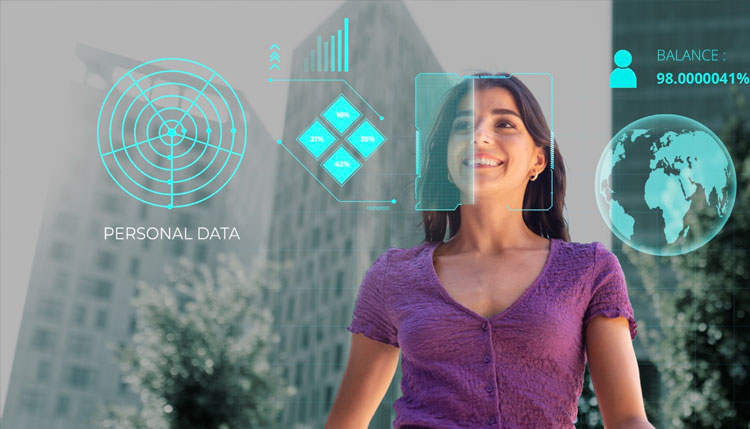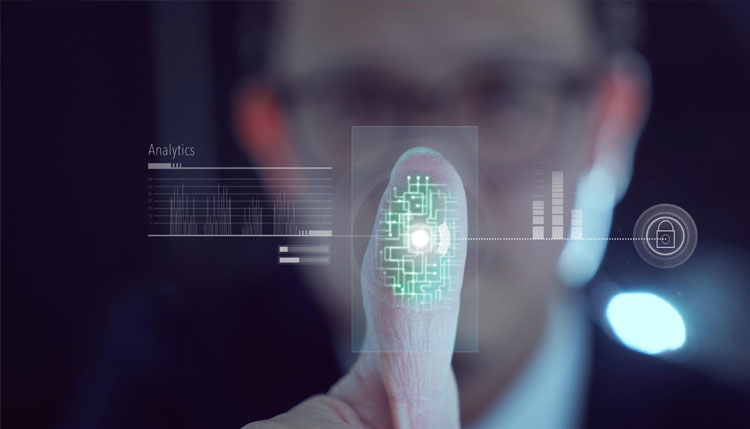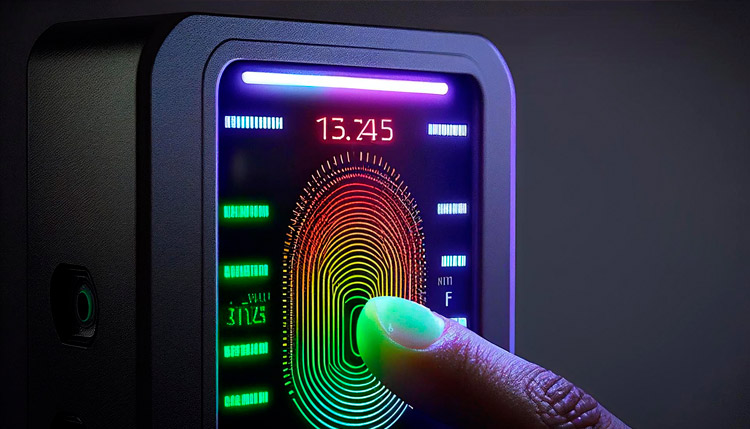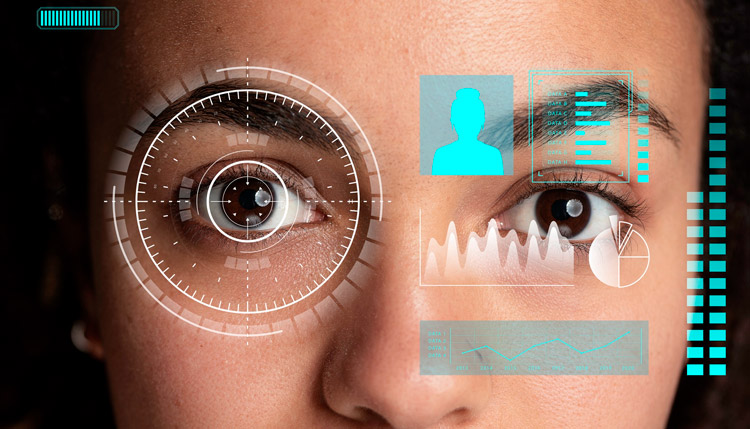
What is Browser Fingerprinting?
The internet opened up a whole new avenue of advertising for marketing companies that is impossible in print media – individual, target marketing. Rather than spending a lot of money to place an ad in a magazine or newspaper that is read by a population made up of both target and non-target audiences, why not focus on advertising only to the target audience in the most lucrative manner? This may seem like a daunting, impossible task because how can any company collect the details of all their potential buyers on an individual basis? The solution to this problem is browser fingerprinting.
Widely debated yet an inescapable and integral part of the internet, browser fingerprinting, also known as device or machine fingerprinting is present for every internet user in the world. Similar to our hand fingerprints, browser fingerprints reveal a lot of details about us to those with access to the data collected by the fingerprinting applications, and is quite unique too. Here’s how it works:
- When you turn on or unlock any of your internet-supporting devices such as your smartphones, laptops, and tablets, the tracking applications embedded in your phone’s applications get notified
- When you start using the applications, for example, your internet browser, certain details get captured
- These details are then transmitted to the owner of the tracking applications, and they either use it for their own R&D and marketing purposes or sell it to companies looking for such data
Some of the details that are captured in the browser fingerprinting process are:
Your device model, OS, screen resolution, touch support, etc.
- IP address
- Websites that you visit
- Installed plugins
- Timestamp and geographical locations
As you can see, the details captured would be quite unique to the person using the internet. These details help a marketing agency figure out the kind of person accessing the device and information on the internet – their age, gender, nationality, and interests. Based on the profile thus created, ad campaigns are designed.
The foremost question people unfamiliar with this process have is – is this even legal? Needless to say, this is an entirely legal process and there are several applications that cannot function fully or optimally if you don’t grant them such tracking rights. All entities collecting such details are legally bound to inform their users beforehand about it, the extent to which their data is collected, and its purpose, but such details are primarily used for marketing and customer service enhancement purposes only.
How is it related to biometrics?
Browser fingerprinting does not reveal a person’s identity in terms of name, address, age, appearance, etc. Nor is your actual fingerprint captured in the process, even if you unlock your device with biometric techniques such as retinal scanning or fingerprint unlock. In short, there is no direct relation between browser fingerprinting and biometrics. Certain industries though consider biometrics to be the first level of identity verification, and browser fingerprinting to be the second. So if a device were stolen, for example, and the person was able to bypass the biometric verification technique and unlock it using a code obtained illegally, any unusual transactions or activity in a banking app may well be flagged and blocked due to browser fingerprinting.
What are the trends of Browser Fingerprinting?
Browser fingerprinting has immense uses, most in favor of companies looking for advertising avenues. Hence, the technique is constantly being upgraded to be more compatible with any device and in a wider number of applications. Some of the top trends in this field are:
- Diversification of regions and languages
- Better compatibility with legal and data privacy guidelines laid down by national and international organizations
- Generate more in-depth data such as the amount of time spent on a particular page on a website, creating a pattern using the most frequently visited sections of the internet
- Integrating AI, algorithms, and machine learning with the process











